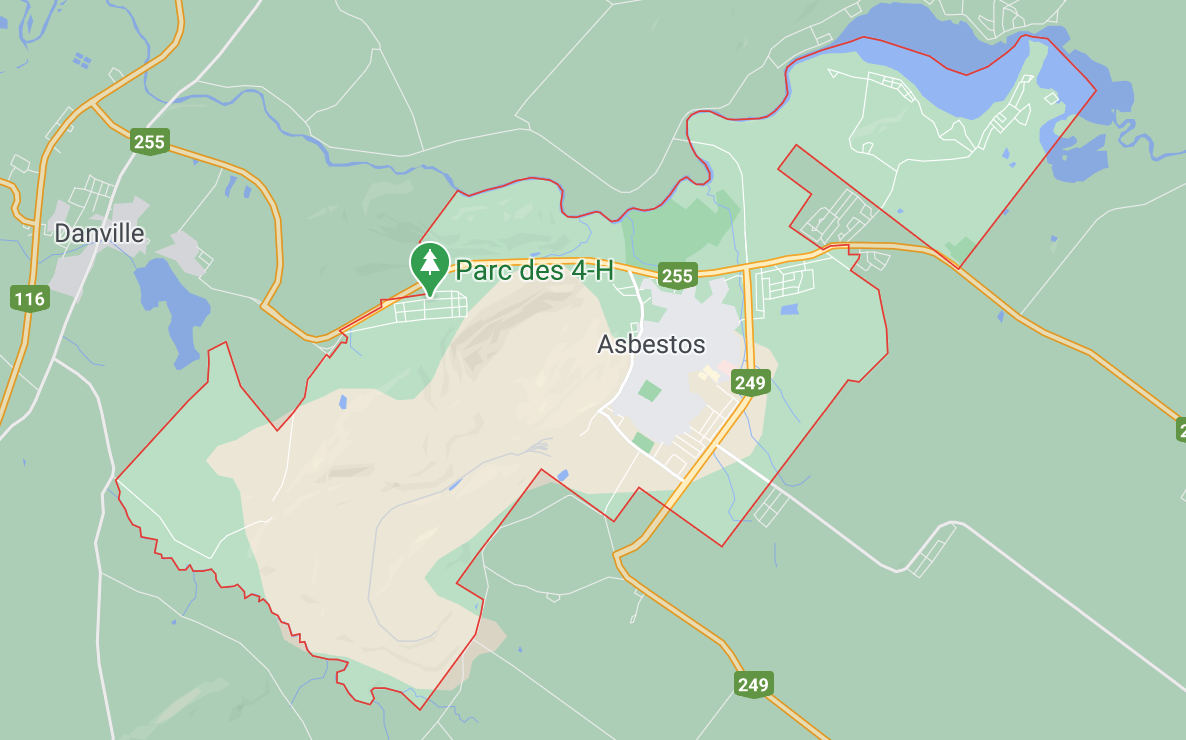Author: Lisa Hyde-Barrett

Mesothelioma Treatments Make Progress Through Clinical Trials
Over the years we have had the privilege of seeing people diagnosed with malignant mesothelioma in different stages of their journey. Malignant mesothelioma is a rare cancer that is difficult to diagnose and to treat. Treatment options are limited and long term quality survival is the goal with ultimately leading to a cure. Always recommended has been getting treatment at a Mesothelioma Center of Excellence and participating in clinical trials.
Treatment and research has been ongoing, but for most, painfully slow with limited successes.
The Food and Drug Administration recently approved the use of two immunotherapy drugs for the treatment of inoperable malignant pleural mesothelioma. The drugs, Opdivo (Nivolumab) and Yervoy (Ipillmumbab), were approved by the FDA in less than six weeks. The six weeks timeline was following the submission of a new Biological License Application under the FDA’s real time Oncology Review process.
These successes do not come overnight. They come in increments. They are like building blocks with this success building on the next. Not many among us are research scientists or are gifted with the knowledge and drive to conduct a clinical trial when it succeeds, but more importantly when it doesn’t. To continue with the next idea and not give up takes committed leaders and a very supportive community.
The mesothelioma community worldwide is small. For the successful clinical trial that led to the FDA approval in record time of this new treatment option, recruitment was started in September of 2016. There were 109 study locations worldwide, enrolling 606 patients. This is a collaborative effort that yielded an important treatment option for people and families that are dealing with this largely preventable rare cancer.
To participate in a clinical trial is also a courageous thing to do. For many, the results may not come in time to help them or improve their quality of life, but will help others in the future.
These numbers do not tell the story of the lives this research will affect. We have the privilege of being in a position to see the results and to put faces to the treatment options that are now being offered. The results are all scientifically quantitated and verified through the scientific process.
As we continue to see people and families affected by malignant pleural mesothelioma, we will continue to put faces and stories to their particular journey. We also remember the many brave people that entered into these clinical trials and are not able to see the success in which they had a vital part in. With this new option hopefully patients and their families will be able to enjoy quality time while further research can continue toward the cure.

First New Drug Treatment for Mesothelioma Approved by FDA in Over 16 Years
For the first time in 16 years, the U.S. Food & Drug Administration has approved a new drug combination specifically for the treatment of malignant pleural mesothelioma. The two drugs, which are to be used together when surgery is not an option, are Opdivo (nivolumab) and Yervoy (ipilimumab).
About 20,000 Americans are diagnosed with malignant pleural mesothelioma each year according to the FDA – the vast majority of which have tumors at diagnosis that cannot be removed by surgery. The devastating cancer is caused by the inhalation of asbestos fibers, often found in manufacturing, construction, mining, military, transportation and other common settings.
When combined, Opdivo and Yervoy improve T-cell function to reduce growth of the patient’s tumor.
“In 2004, FDA approved pemetrexed in combination with cisplatin for this indication, and now patients have an important, additional treatment option after more than a decade with only one FDA-approved drug regimen,” said Dr. Richard Pazdur, director of the FDA’s Oncology Center of Excellence.
The drug therapy was approved after a clinical trial involving over 600 participants with unresectable malignant pleural mesothelioma that had yet to be treated. Patients received doses of both Opdivo and Yervoy every few weeks for up to two years before results were measured.
“Approval of nivolumab plus ipilimumab provides a new treatment that has demonstrated an improvement in overall survival for patients with malignant pleural mesothelioma,” said Dr. Pazdur.
Those who took the new combination survived an average of 18.1 months from diagnosis, compared to 14.1 months for those who received standard chemotherapy.
It can be difficult to navigate the many treatment and legal options presented to mesothelioma patients after they are diagnosed. The experts at the Mesothelioma Help Organization are here to help you make sense of it – reach out today.

Residents of the Town of Asbestos in Canada Consider New Name
With the internet, social media, and many other modern forms of communication, everyone’s “brand” and naming has taken on increased importance. It is not unusual for a company to rebrand itself with a different feature that they want people to associate with their business. In this case, there is a town’s name associated with disease and death.
The news from Asbestos, Canada a year ago was that the town leaders wanted to change the name because of the negative connotations that the word asbestos holds. Asbestos, Canada is the home to the Jeffrey Mine and is a small town 80 miles east of Montreal. The approximate population is around 7,000 people.
For many years the Jeffrey Mine, which was named after W.H. Jeffrey, who bankrolled the town’s asbestos mine, was the leading producer of asbestos in the world. The mine made Canada one of the world’s leaders in asbestos exportation. It was last owned by the Johns Manville Corporation.
A vote was scheduled to be taken by the townspeople in October on what to change the name to. The four choices that were to be voted on were:
- Apalone – an indigenous species of turtles.
- Jeffrey – W.H. Jeffrey bankrolled the town’s Jeffrey Asbestos Mine.
- Phoenix – the mythological bird of rebirth.
- Trois-Lacs – a local lake and the name of a municipality that merged with Asbestos in 1999.
This week the leaders of Asbestos, Canada decided to “pause” the re-naming as there is a lot of dissension among the town people on the changing of the name.
Asbestos causes cancer. This was declared by the World Health Organization over 30 years ago. It is a fact no amount of rebranding can hide. Asbestos continues to kill people.
Approximately 100,000 people die globally each year from asbestos related diseases. Asbestos can cause lung cancer, malignant mesothelioma, and asbestosis. It is estimated that at least 80-85 percent of cases of malignant mesothelioma can be traced to exposure to asbestos. Changing the name of the town will not change the history of what asbestos has and continues to do to the health of the world.
Asbestos, Canada will always be associated with the Jeffrey Mine and asbestos manufacturing. The legacy of the damage that asbestos has done to peoples’ lives and contributed to their premature deaths cannot be rebranded.
We wish the people of Asbestos the best as they search for a new name and a healthy future that does not highlight their history in asbestos production.

Insights for Families of Mesothelioma Patients Coping with Loss
Malignant mesothelioma is an aggressive cancer. For some, the journey is long and for others it can strike quickly and cruelly. It is imperative to remember that the person with the disease is someone who usually has a rich life filled with family, friends, and relationships before the diagnosis. While malignant mesothelioma is a rare disease, unfortunately the distress it causes can be life altering for those left to deal with the aftermath. The person diagnosed with malignant mesothelioma can be anyone: a spouse, mother, father, grandmother, grandfather, aunt, uncle, child, or friend. These people can never be replaced. Their loss affects us all.
Recently, two brave registered nurses lost their battles to malignant pleural mesothelioma. One R.N. was a 76 year old woman who had been diagnosed with malignant mesothelioma several months after retiring. She was an accomplished R.N. turned nurse practitioner who had spent her career working with children’s development. The other R.N. was a 59-year old mother of three who had been working full time in the radiation oncology department. Both of these women combated the disease courageously and were more concerned with caring for their families’ emotional wellbeing than they were with their own health and outcome.
Over the years we have seen survivors that are living long, full lives and we rejoice at their good fortune and pray that it continues. The goal of the mesothelioma program has always been to encourage a good quality of life with long term survival leading to a cure. We continue to learn that these journeys and losses are clinical but often personal.
The loss of these two women was particularly difficult due to the fact they were hardworking, caring, and empathetic individuals. Despite an age difference of over two decades, these women shared several similarities. Both had loving families, had been registered nurses for 35 and 50 years respectively, and had seen death in their work and personally experienced the pain of losing loved ones.
This year 2020 has been in no way ordinary. The COVID-19 virus has enabled all of us to see things with a different perspective. We’ve redefined what’s important – our relationships and how we treat each other have become paramount.
As we mourn the loss of these two malignant pleural mesothelioma victims, we remain grateful that we had the opportunity to know them. We offer prayers to their families. They will not be forgotten.

How Clinical Trials Play a Role in Finding Cures and Treatments for Mesothelioma
Science is advanced through research, and the research process begins with clinical trials. Many us of have grown more familiar with the clinical trial process with the search for a vaccine for COVID-19. As the search continues for a cure for malignant mesothelioma, it is imperative that people involved in the mesothelioma community continue to be aware of what scientists are researching at this point for potential cures and quality life-extending treatments.
Chemotherapy has been the standard of care for patients with malignant pleural mesothelioma since it was approved by the FDA in 2004. Scientists continue to discover what the best methods to administer chemotherapy for malignant mesothelioma are. The usual route of administration is intravenously every three weeks for a 6 cycle treatment. In general, chemotherapy can be absorbed by mouth, intravenously, intramuscularly, subcutaneously, intraperitoneally directly into the abdomen, intravesicular directly into the bladder, intrapleurally into the pleural space, through implantable devices, topically, and intra-arterially. Intra-arterial chemotherapy is given directly into the artery that is supplying the blood to the tumor. It is done through angiography a special x-ray using dye to see the blood vessels.
NCT02611037 is a clinical trial that is currently being offered at the Lee Moffitt Center in Tampa, Florida. This is a unique trial that offers chemotherapy through a different approach by administering the chemotherapy intra-arterially, directly into the artery that is supplying the blood to the tumor. The chemotherapy is administered by angiography using a special x-ray dye to see the blood vessels.
One of the main challenges of treating malignant pleural mesothelioma is the location of the disease within the human body. The purpose of this study is to deliver transarterial chemoperfusion treatment with cisplatin, methotrexate, and gemcitabine in a safe and effective manner. This procedure is performed by an interventional radiologist, who injects one third of the drug into the internal mammary artery which supplies the blood supply to the pleura. The other two thirds of the drug are then injected into the descending aorta. This area of the body also has blood vessels that supply blood to the pleura. The procedure usually takes one hour and is followed by a one hour post-recovery period before patients are discharged.
In this study, patients undergo angiogram and transarterial chemo administration treatment every 4 weeks (3-6 weeks interval allowed) with cisplatin, methotrexate, and gemcitabine. The medications are administered into the thoracic aorta and/or the internal mammary artery.
Initial findings are promising. This treatment is safe and effective and may improve quality of life for patients who may not have many other options. For more information on the NCT02611037 trial, please go to www.clinicaltrials.gov or talk to your mesothelioma team.
Free Mesothelioma Patient & Treatment Guide
We’d like to offer you our in-depth guide, “A Patient’s Guide to Mesothelioma,” absolutely free of charge.
It contains a wealth of information and resources to help you better understand the condition, choose (and afford) appropriate treatment, and exercise your legal right to compensation.
Download Now